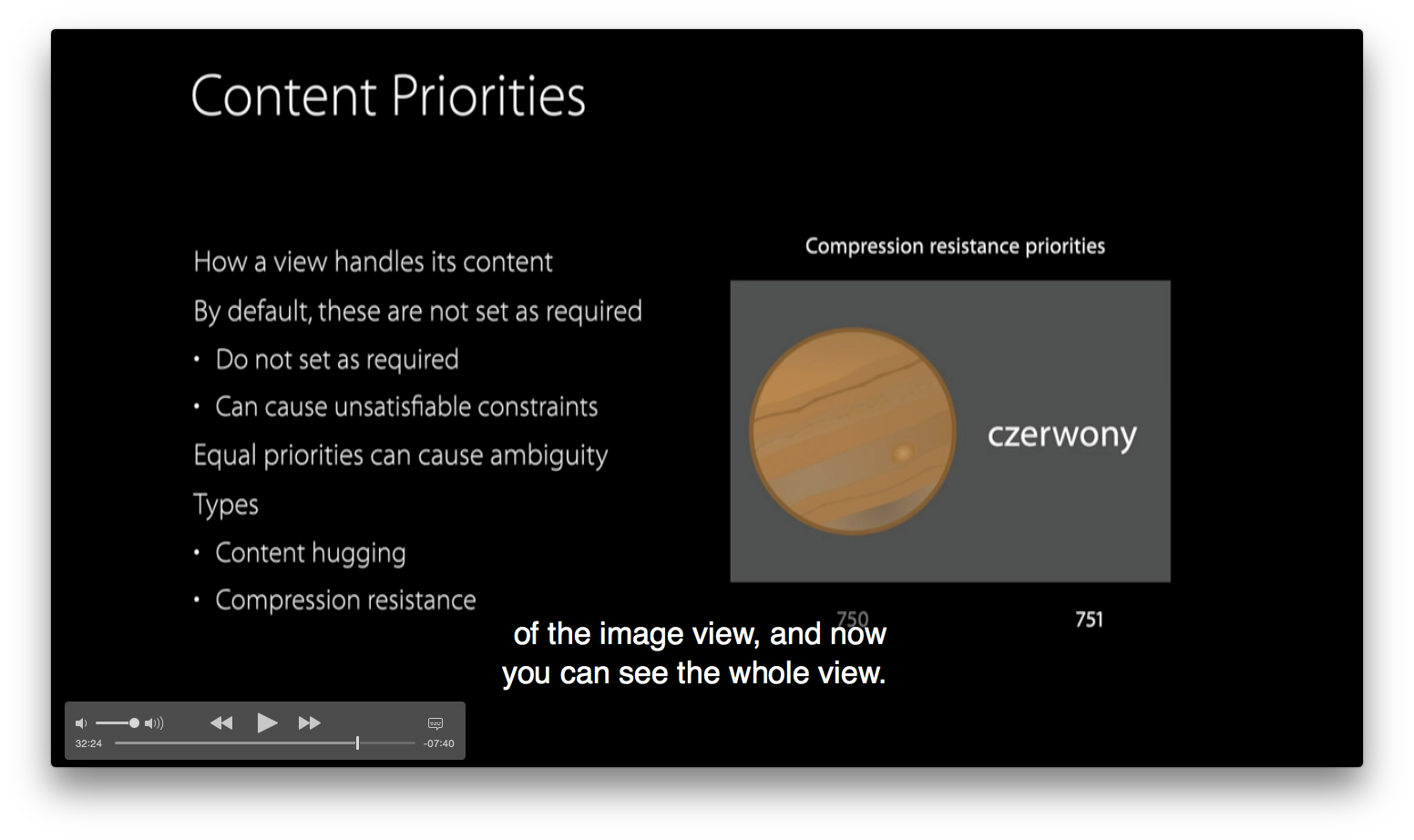- WWDC 2015
- introduction
-
1. App Framework
- 1.1. Adopting new trackpad feature
- 1.2. Advanced NSOperation
- 1.3. Advance Touch Input in iOS
- 1.4. Best Practices for Progress Reporting
- 1.5. Building Document Based App
- 1.6. Cocoa Touch Best Practices
- 1.7. Creating Complications with ClockKit
- 1.8. Getting Started with Multitasking on iPad in iOS 9
- 1.9. Introducing safari View Controller and WKWebView updates
- 1.10. Introducing the Contacts Framework
- 1.11. Multitasking Essentials for Media-Based Apps on iPad in iOS 9
- 1.12. Mysteries of Auto Layout, Part 1
- 1.13. Mysteries of Auto Layout, Part 2
- 1.14. New UIKit Support for International User Interfaces
- 1.15. Optimizing Your App for Multitasking on iPad in iOS 9
- 1.16. Seamless linking to your app
- 1.17. WatchKit In-Depth, Part 1
- 1.18. WatchKit In-Depth, Part 2
- 1.19. What's new in Cocoa
- 1.20. What's new in Core Data
- 1.21. What's new in HealthKit
- 1.22. What's new in Internationalization
- 1.23. What's new in Mapkit
- 1.24. What’s New in UIKit Dynamics and Visual Effects
- 1.25. iOS Accessilibility
- 2. Design
- 3. Developer Tools
- 4. Distribution
- 5. Featured
- 6. Graphics and Games
- 7. Media
-
8. System Frameworks
- 8.1. Achieving All-Day Battery
- 8.2. Apple Pay within apps
- 8.3. Building Responsive and Efficient Apps with GCD
- 8.4. CloudKit JS and Web Services
- 8.5. CloudKit Tips and Tricks
- 8.6. Introducing Search APIs
- 8.7. Introduction to Watch Connectivity
- 8.8. Low Energy,High Performance:Compression and Accelerate
- 8.9. Networking with NSURLSession
- 8.10. Privacy And Your App
- 8.11. Security and Your Apps
- 8.12. What’s New in CloudKit
- 8.13. What's New in Core Location
- 8.14. What's new in Core Motion
- 8.15. What's new in Network extension and VPN
- 8.16. What's New in Notifications
Mysteries of Auto Layout, Part 1
This session sums up most of the mysteries of auto layout developers come across.
UIStackView
A powerful UIKit component to build up a complex layout without forgiving the maintainability. UIStackView is also able to nested. Hiding the views inside the stackView will make other subviews taking views room.
//Animation with stackView
UIView.animateWithDuration(1.0) {
self.subviewToHide.hidden = !self.subviewToHide.hidden
}
Changing Constraints
Prior to iOS 9, for any referenced constraints, we have to remove and re-add the constraints to certain views in order to make these effective or not. In iOS 9, there are activate and deactivate for the constraint to take or not into account when layout engine performs layouting.
Never deactivate self.view.constraints as additional internal constriants added to that view
View Sizing
Use Constraints to define the size of a view
Overriding intrinsicContentSize for
- the size is not calculated by constraints
- custom drawing
- provide invalidating
- calling
invalidateIntrinsicContentSizeso that the layout system notices the change and can recalculate the layout.
- calling
//calculating width based on superview's width
widthConstraint = NSLayoutConstraint(item: imageView,
attribute: .Width,
relatedBy: .Equal,
toItem: self.view,
attribute: .Width,
multiplier: 0.75,
constant: 0.0)
//Calculating height based on image's width
heightConstraint = NSLayoutConstraint(item: imageView,
attribute: .Height,
relatedBy: .Equal,
toItem: imageView,
attribute: .Width,
multiplier: 1.5,
constant: 0.0)
UITableViewCell
- Self-sizing needs size from constraints
- Width is defined with table view cells
- Constraints must determine height
- Take advantage of proportions between views
Ambiguity
- Not enough constraints to define the size or position of the view
- Equal, non-required priorities
@"V:|-[image]-[caption](==image@751)]-1"to set the constraints' priorities- set above or below of the priorities as system uses some priorities as well
- Content Priorities
- Content Hugging (Hugging priorities hug content)

- Content Compression Resistance (Compression resistance resists squishing)

Alignment
- use
firstBaseLineandlastBaselineto align the first and last of line of text of base lines
Leading and Trailing
- use leading/trailing instead of left/right to help in localization as some of language are from right to left
Alignment Rects
- A rect for the most important feature of the view
- Ususally same as the frame
- Does not change when view is transformed
- Override
alignmentRectInsetsif needed to provide padding - get by
alignmentRectForFrame:
Related Session
- Mysteries of Auto Layout, Part 2
- What’s New in Cocoa
- What’s New in UIKit Dynamics and Visual Effects
- Cocoa Touch Best Practices
- What’s New in Internationalization
- New UIKit Support for International User Interfaces